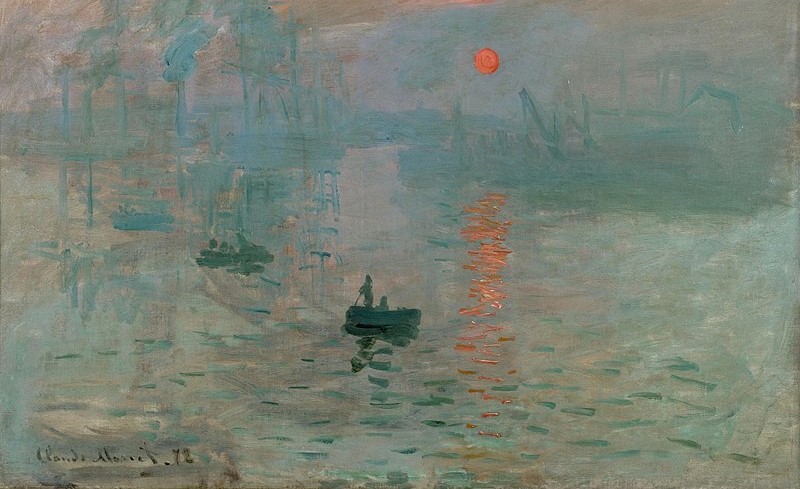I do not know Monsieur Monet; I do not think I have ever seen one of his pictures with any attention. Yet I feel as if I was an old friend of his, and this is because his portrait tells me a whole story of energy and truthfulness. There is more than a realist here; an able, delicate interpreter can register every detail without lapsing into dryness. – Emile Zola
One of the most substantial and most famous figures of the art movement Impressionism (19th century) was Claude Monet (1840 – 1926). Impressionism became famous through his painting ‘Impression, Sunrise’ exhibited in 1872 at an independent show organized by him and his colleagues. Louis Leroy, a journalist, picked up this name and called the group ‘Impressionists’, which led to the formal beginning of Impressionism. The painting by Monet did not represent a landscape but instead evoked a sensation, a moment captured in the time brought together through multiple brush strokes of a sunrise.
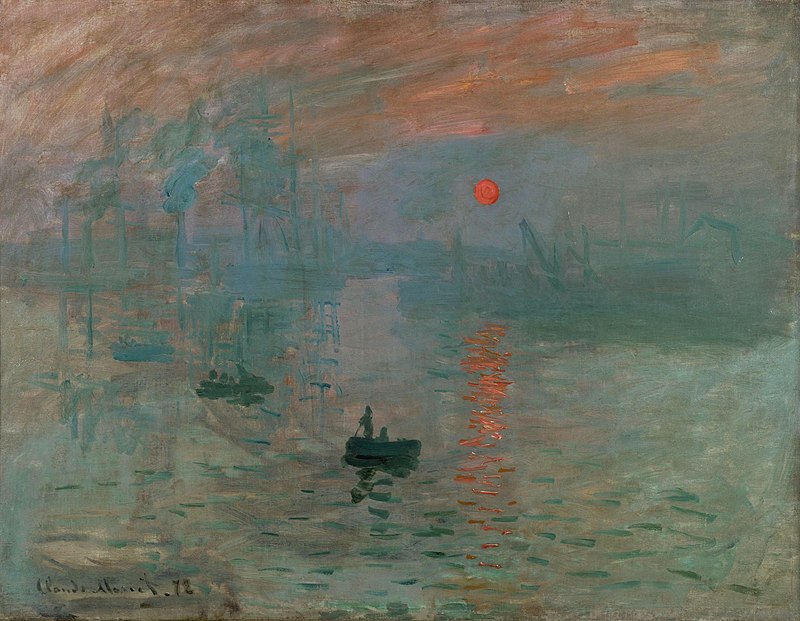
Monet’s way of Impressionism
Claude Monet had humble yet promising beginnings. He was brought up along the Normandy coast, where his childhood was spent along beaches, constantly immersed in the wisdom of the sea and the rapidly shifting nature of Norman weather. By age five, as his family moved to Le Havre, his observations took the form of multiple caricatures. The caricatures he handed out at school were so successful that Claude Monet was soon in demand. He made the most of it by charging between ten and twenty francs per portrait, depending on the client’s worth.
He created some hundred caricatures during this period, and some of the Le Havre dignitaries can be identified. Monet exhibited them at Gravier’s, a stationers’ shop on Rue de Paris, to sell his works and flatter the models. One of his caricatures found its way to Eugene Boudin (12 July 1824 – 8 August 1898), one of the first French landscape painters to paint outdoors. Gravier introduced Boudin to Monet, and Boudin began by praising Monet’s works, ‘They’re amusing, full of zest, full of life. You have a gift. Study and learn landscapes as well.’ He encouraged the young Monet to paint with him in the countryside and supported his decision to become an artist. This practice proved vital in his career.
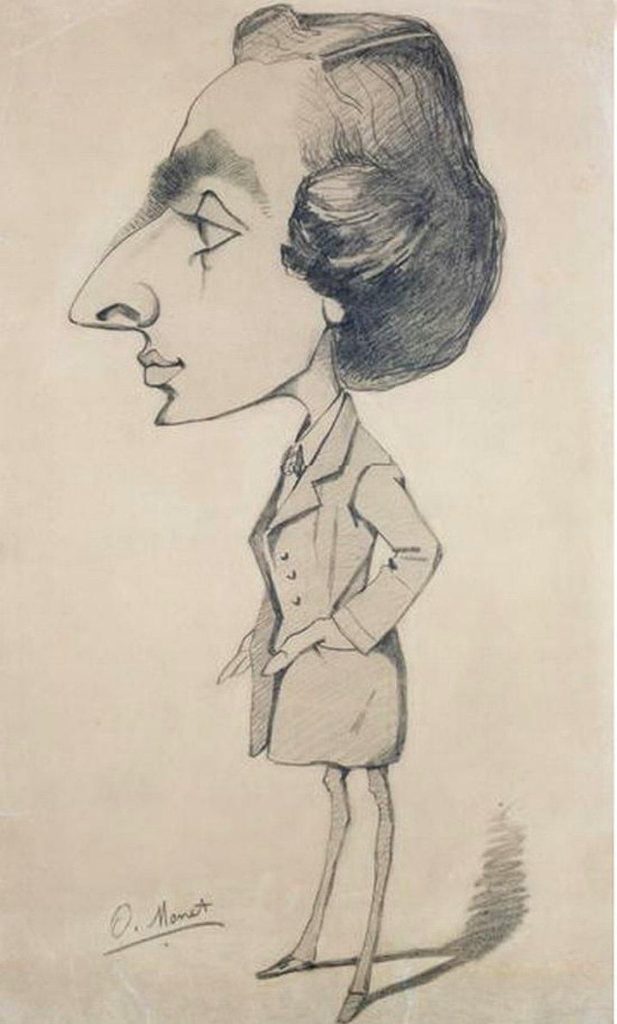
Life of a Landscape Artist
Monet’s works gained maturity in the lap of nature in pursuit of landscape painting. Alfred Sisley’s picture of 1865, ‘The Painter Monet in the Forest of Fontainebleau,’ shows the painter in front of his easel in the coppice. Sisley quotes, ‘Monet regularly used to visit the forest of Fontaine Bleau to paint.’ In 1883, Monet settled in Giverny, a hamlet, where he purchased a farmhouse surrounded by an orchard which stayed in his possession till his death. During the same period, Guy de Maupassant, a French writer remembered as a master of short story form writing, followed Monet in his quest for Impressionism. ‘Life of a Landscape Artist’ published in Gil Blas, the writer transcribes his impressions of the artist, ‘With both hands, he (Monet) took hold of a shower that had fallen on the sea and flung it down upon the canvas. And it was indeed the rain that he had thus painted, nothing but rain veiling the waves, the rocks and the sky, which were barely visible.’
1896 Monet started another famous landscape series called the ‘Mornings on the Seine’. It was completed in 1897. He quotes, “I have painted the Seine throughout my life, at every hour, at every season. I have never tired of it: the Seine is always new.” Looking at his rough sketches from the Seine River, early steps of Impressionism can be traced.
Monet and his Water Lilies
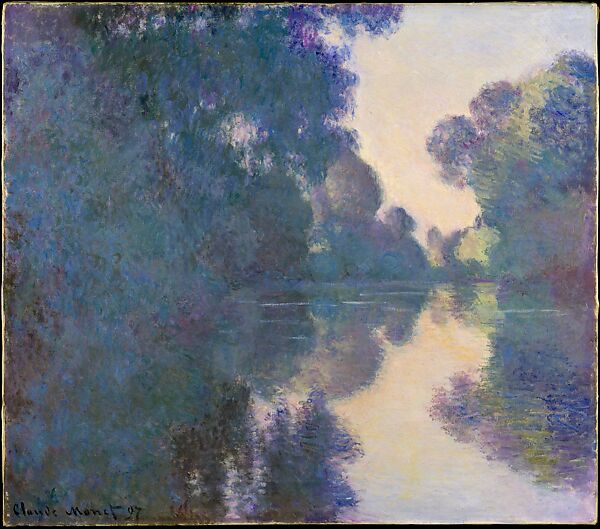
His life at Giverny is another noteworthy chapter as an artist. At Giverny, the famous ‘Water Lily’ paintings came to life. The Water Lilies are a series of approx. Two hundred fifty oil paintings were made by him from 1896 up until he died in 1926. Monet kept coming back to the subject of Water Lilies throughout this period. In 1893, he bought a flower garden in Giverny, and by diverting a river stream, the construction of a water lily garden began. Soon, weeping willows, irises and bamboo grew around a free-form pool; clusters of lily pads and blossoms floated on quiet water. The water lilies’ first exhibition was showcased in 1900 at Galerie Durand-Ruel with 25 canvases. The second exhibition took place in 1909 with 48 canvases. During 1914-1917, Monet worked on the Water-Lilies series, but the size and magnitude were larger than before. He loved gardening; his lily garden was one of the joys of his life. He quotes, ‘Except gardening and painting, I am not much at anything.’
He was commissioned to create huge panels of 12 paintings for Musee de Orangerie, but he left this world in 1926 before completing it all. Only eight paintings were completed and shifted to the museum in 1927. The 80 feet tall oval rooms were specially designed to fit in these works by him.
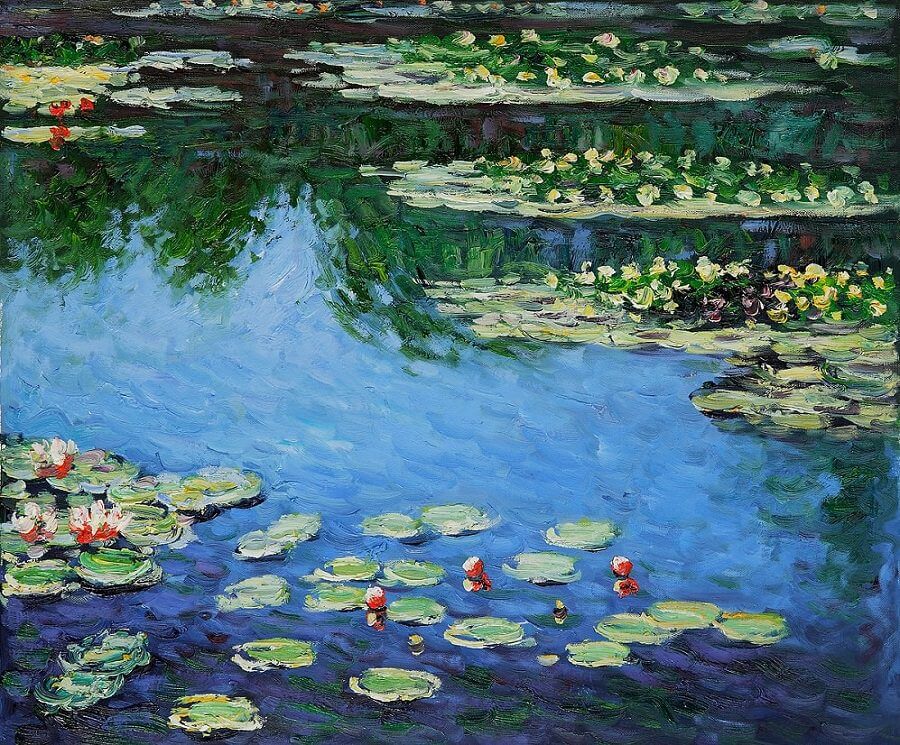
Monet left behind a new wave of art in his pursuit of impressionism. However, his work was ignored for a decade after his death. All in due time! Once the modern art movement hit New York, the world’s focus fell towards these masterpieces, and they gained attention and momentum. His innovations inspired a new age of artists such as Mark Rothko, Jackson Pollock and the new era of Abstract Expressionism.
References
1) Britannica Encyclopaedia, 2023, William C Seitz
2) Monet and the Birth of Impressionism, 2015, Stadel Museum
3) Monet or the Triumph of Impressionism, 1996, Daniel Wildenstein
4) The Age of French Impressionism, 2013, Art Institute of Chicago
5) Claude-monet.com https://www.claude-monet.com/

Pallavi Baheti is a creative practitioner from the field of art and curation.


